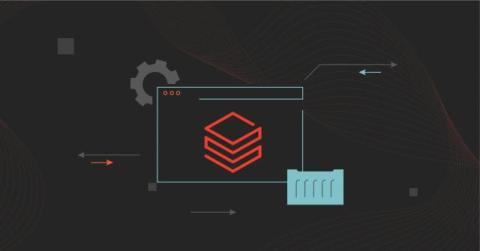Secure IT Success with Enhanced Physical Security
The first line of defense in any robust IT infrastructure is controlling who can physically access critical hardware and data centers. Implementing security measures like biometric authentication, RFID badges, and access control systems drastically reduces the risk of unauthorized entry. This is particularly crucial for preventing insider threats and external breaches that could lead to data theft or system tampering.






